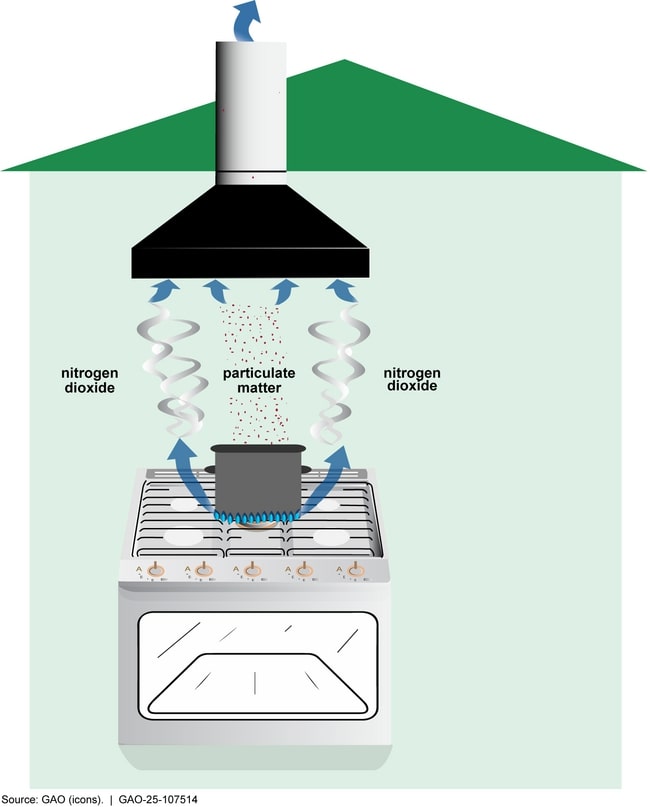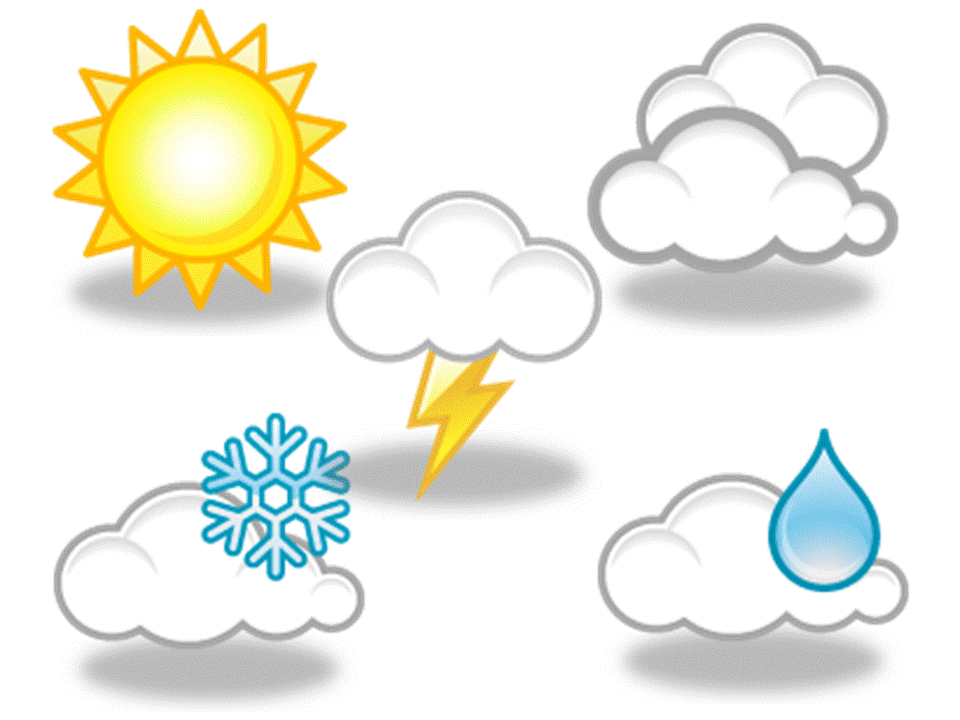"Regulatory fragmentation" challenges standards on gas stoves
Debate is still underway on the health dangers of gas stoves and proper ventilation is one of the best ways to address concerns, despite challenges in coordinating standards,a federal government report has found.
In particular, there's no consensus about the dangers of gasstoves leaking nitrogen dioxide, which has been linked to asthma in children, according to a report from the Government Accountability Office (GAO).
Studies have found that nitrogen dioxide emissions from gas stoves can exceed the 1-hour limit set by the Environmental Protection Agency (EPA) for outdoor exposure and by the World Health Organization for both indoor and outdoor exposure, the GAO said.
But ventilation can prevent much of this potentially dangerous exposure, the GAO said.
"Potentially harmful emissions from gas stoves can be mitigated through ventilation that directs emissions to the outdoors," the GAO said.
Still, the quality of the ventilation can vary depending on how good the equipment is, such as range hoods, the GAO said.
"The effectiveness of ventilation systems such as range hoods varies in capturing and exhausting the emissions," the GAO said. "As a result, some of the emissions can remain in the room or home."

But "regulatory fragmentation" is making it difficult to coordinate standards for gas stoves and their ventilation, the GAO said.
Various arms of the federal government, including the EPA, the Consumer Product Safety Commission (CPSC) and Department of Energy (DOE), provide guidance and standards on gas stoves, the GAO said.
The CPSC issued 35 gas stove recalls between June 1973 and Feb. 2024related to fires, burns, explosionsand carbon monoxide exposure.
In 2022 and 2023, the CPSC recalled 60,000 gas stoves afterthey were found toemit dangerous levels of carbon monoxide.
But the CPSC said it has no plans to ban gas stoves given the disagreement about their safety and the agency's limited resources.
"CPSC has no plans to advance any rule to ban gas stoves, or to pursue any other mandatory standards that would limit consumer choice with respect to this product category," said Peter Feldman, acting chairman of the CPSC, in a letter to the GAO. "There is ongoing disagreement about extent of the linkage between the emissions produced by gas stoves and certain health issues."
How popular are gas stoves?
Some 38% of homes had a natural gas cooking appliance in 2020 and 68% had an electric cooking appliance, according to the Energy Information Administration.
California had the highest share of gas appliances at 70%, followed by New Jersey (69%), Illinois (67%), District of Columbia (62%) and New York (62%).
Maine had the smallest share at 7%, followed by Florida (8%), Vermont (11%), North Dakota (11%), Hawaii (11%) andTennessee (14%).
There are also some signs the appeal of gas stoves may be fading.
Gas stove shipments in the U.S., bothdomestically made and imported,declined to 37% of all stove shipments in 2023from 46%in 2020, according to the Association of Home Appliance Manufacturers.

Sign up below for The Daily Consumer, our newsletter on the latest consumer news, including recalls, scams, lawsuits and more.
Posted: 2025-03-18 23:06:51




















